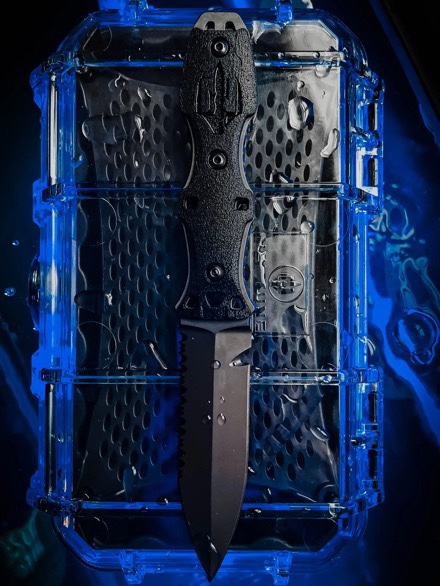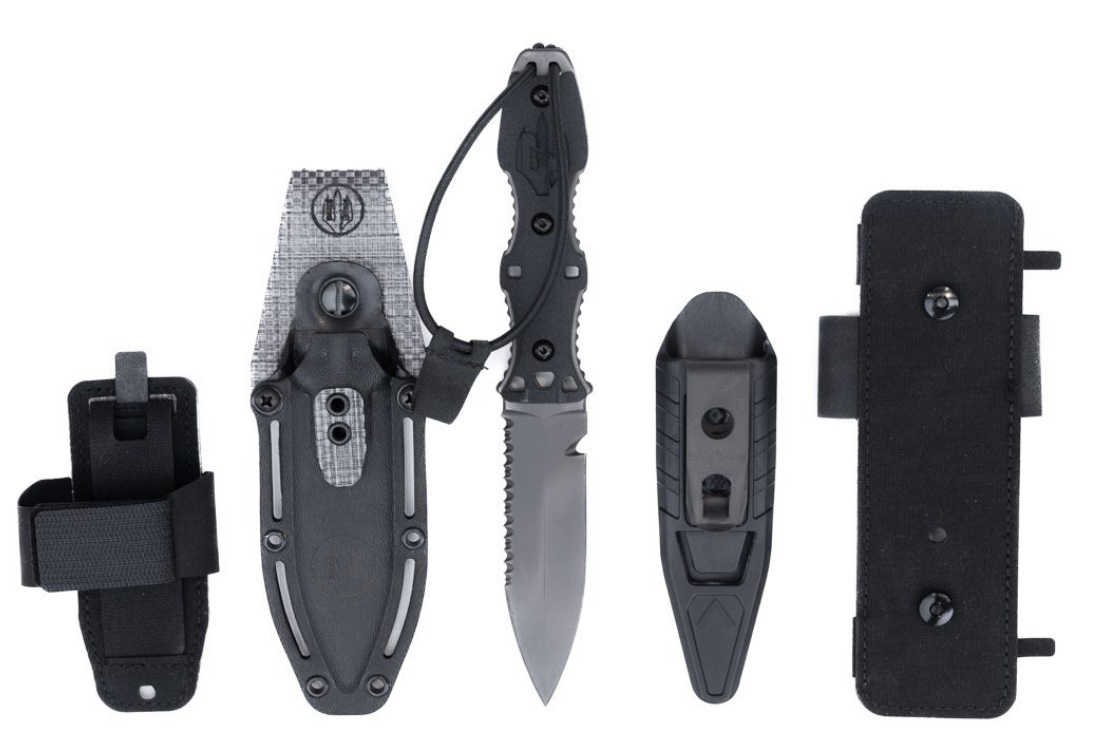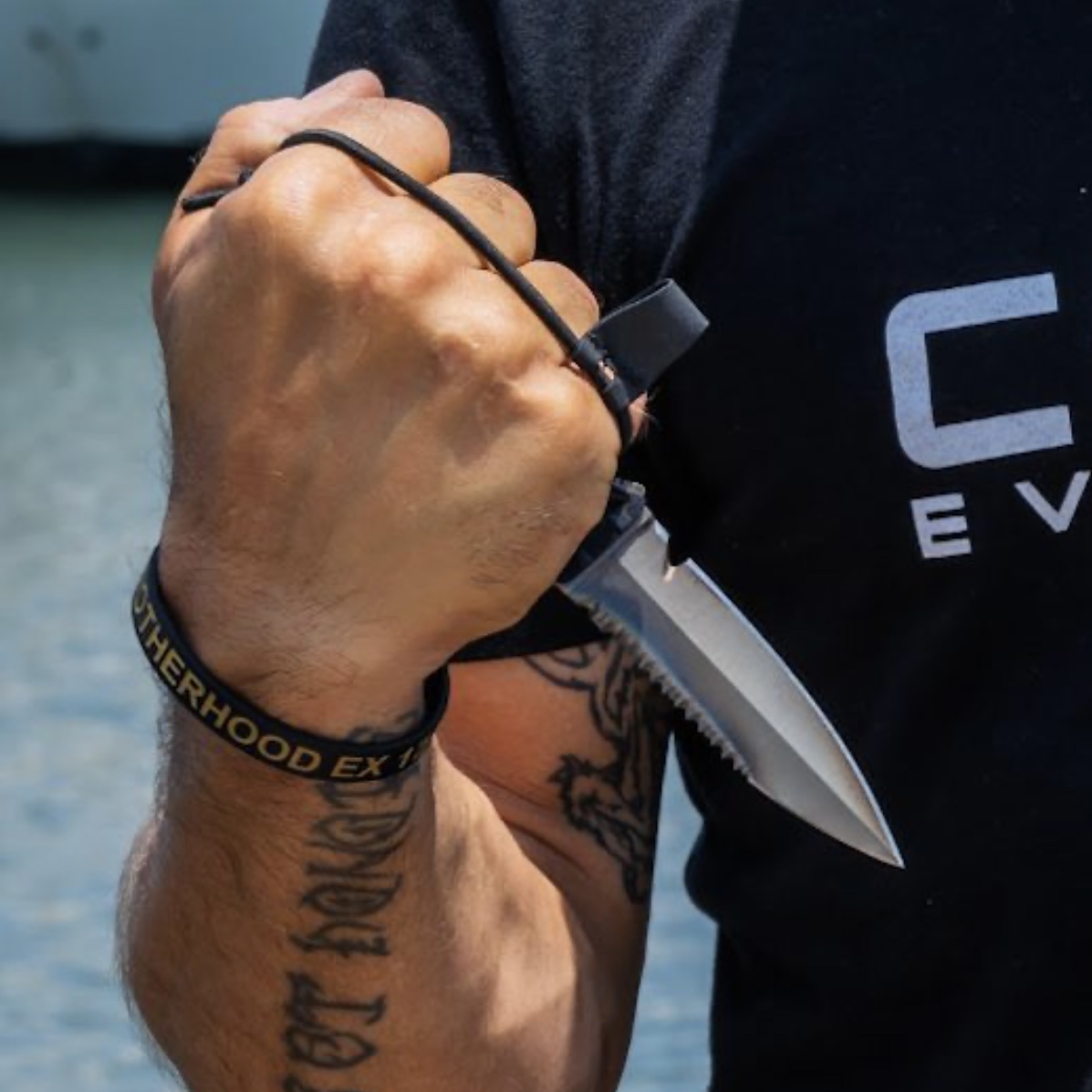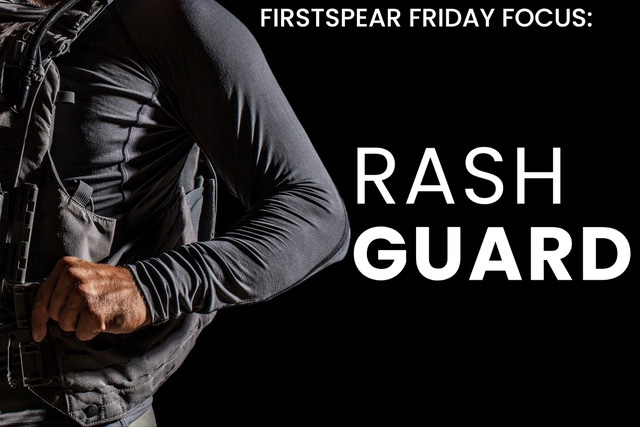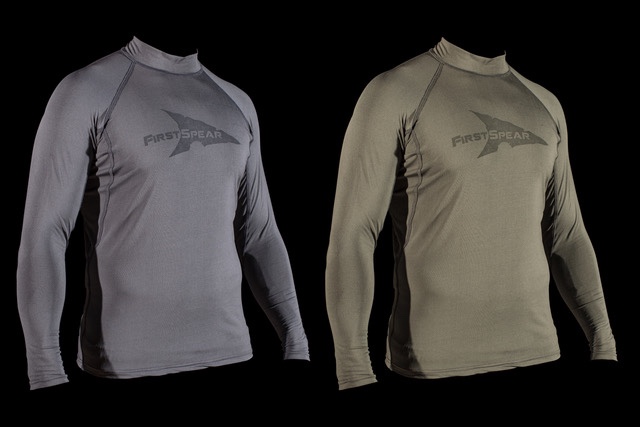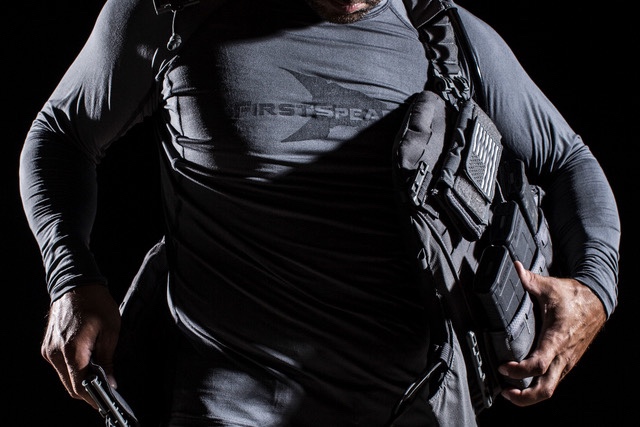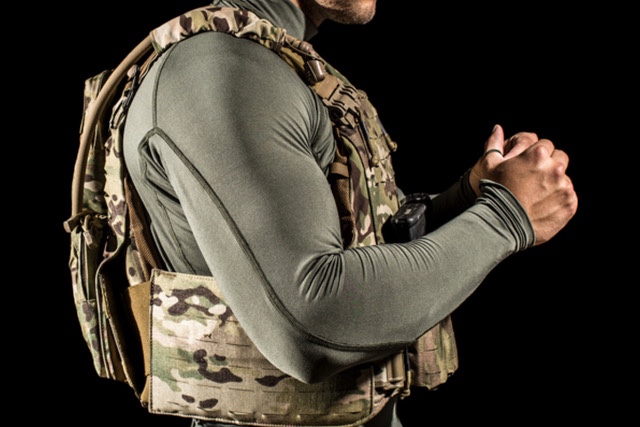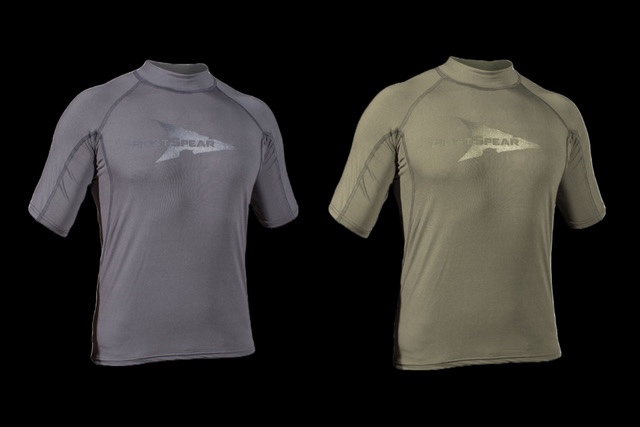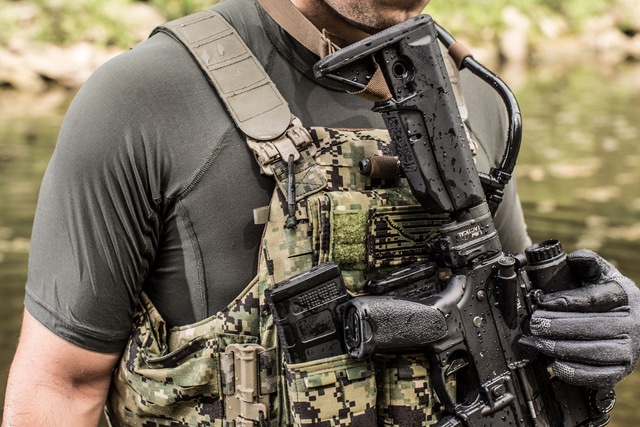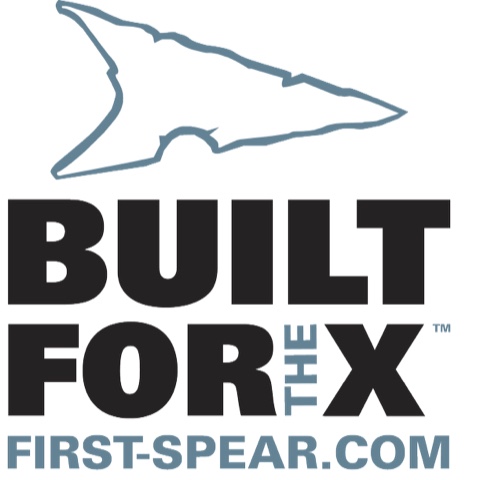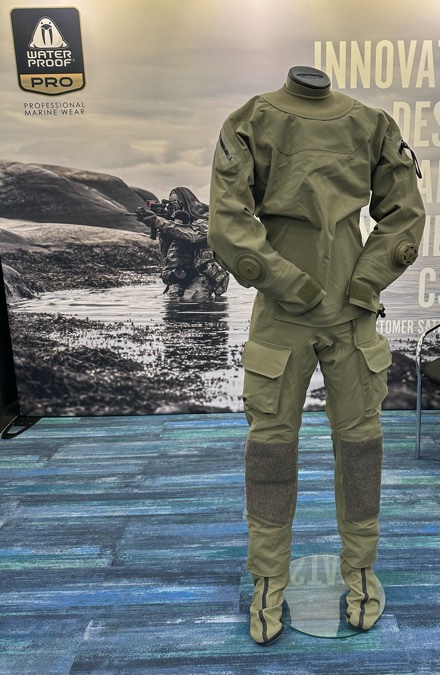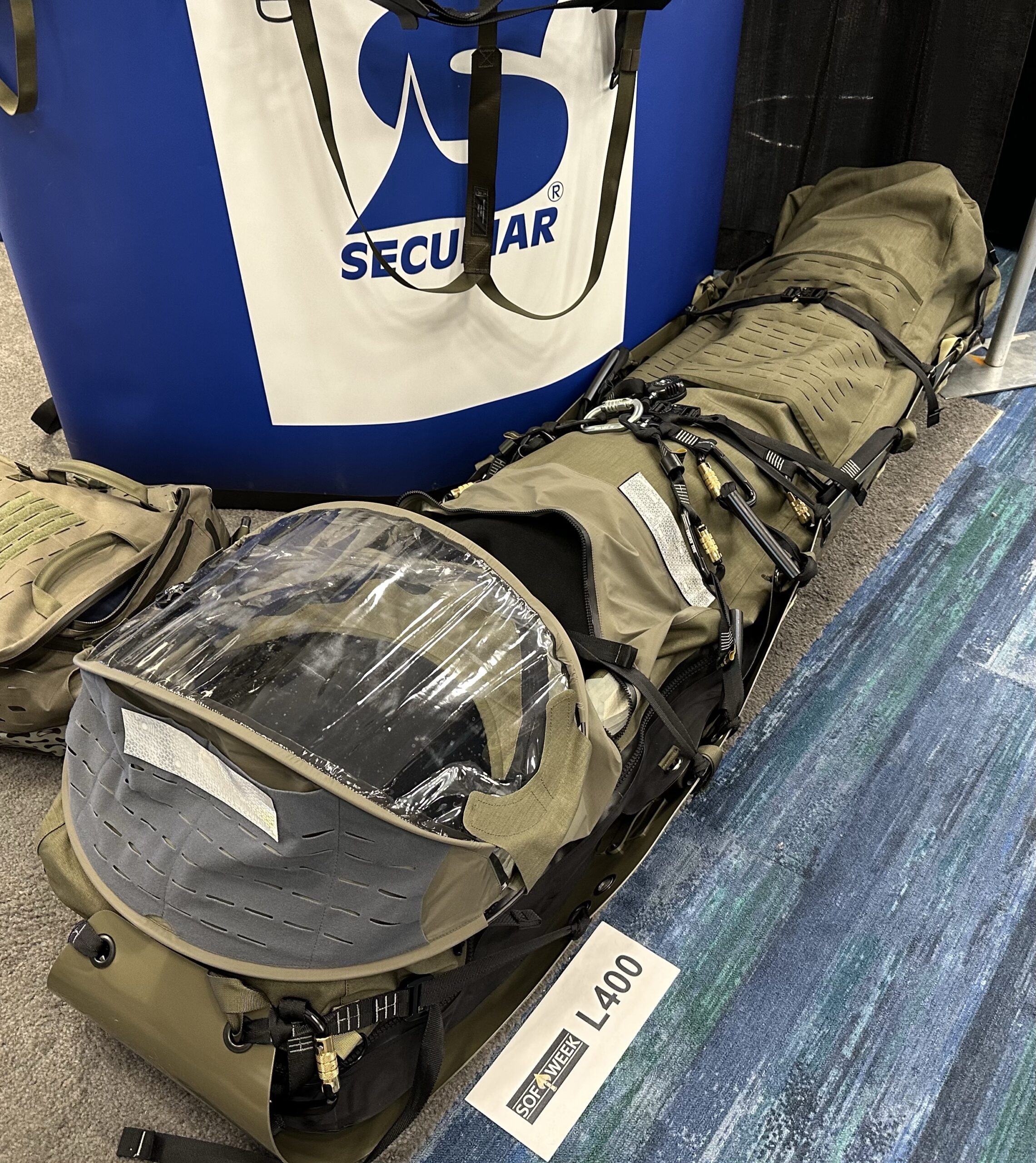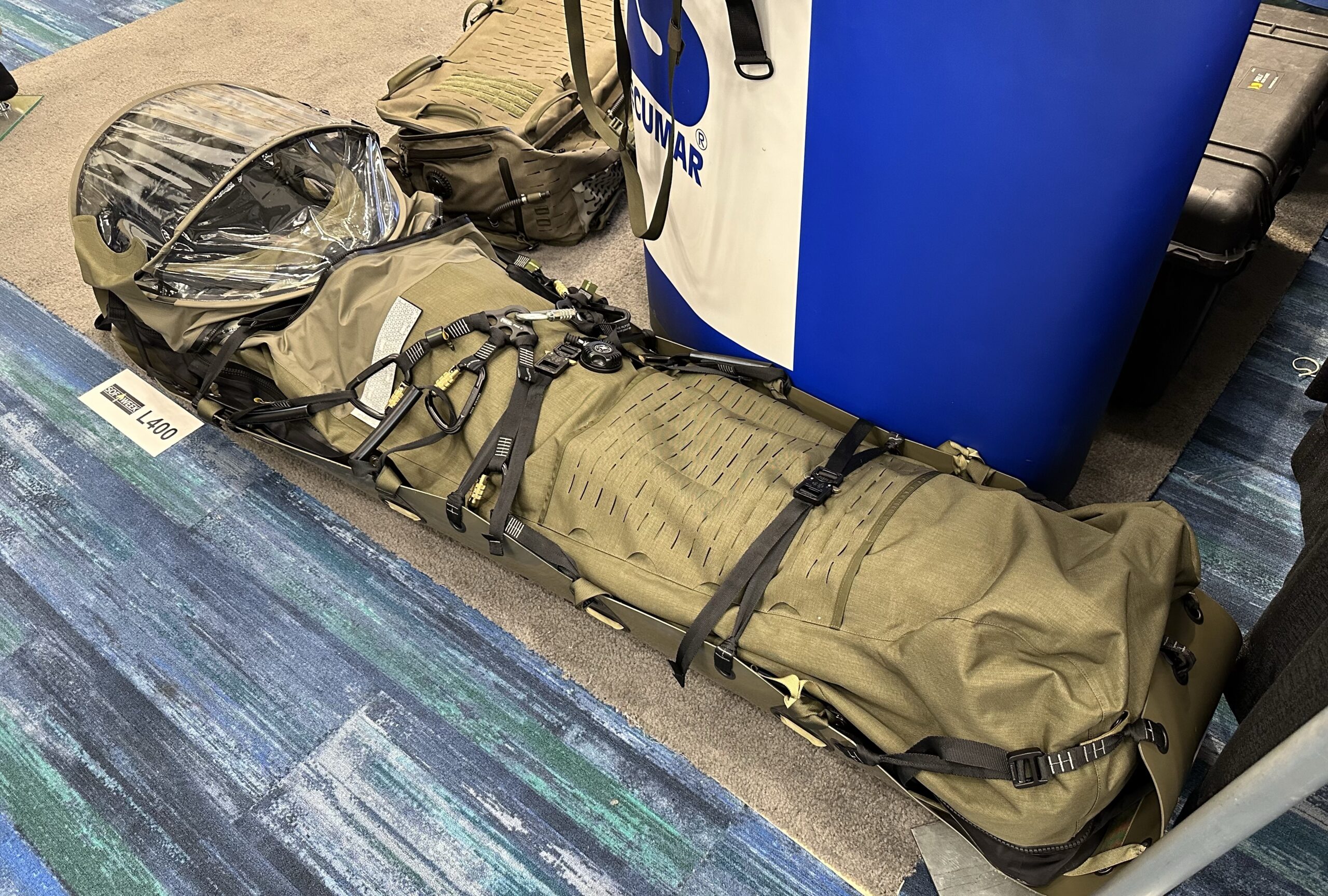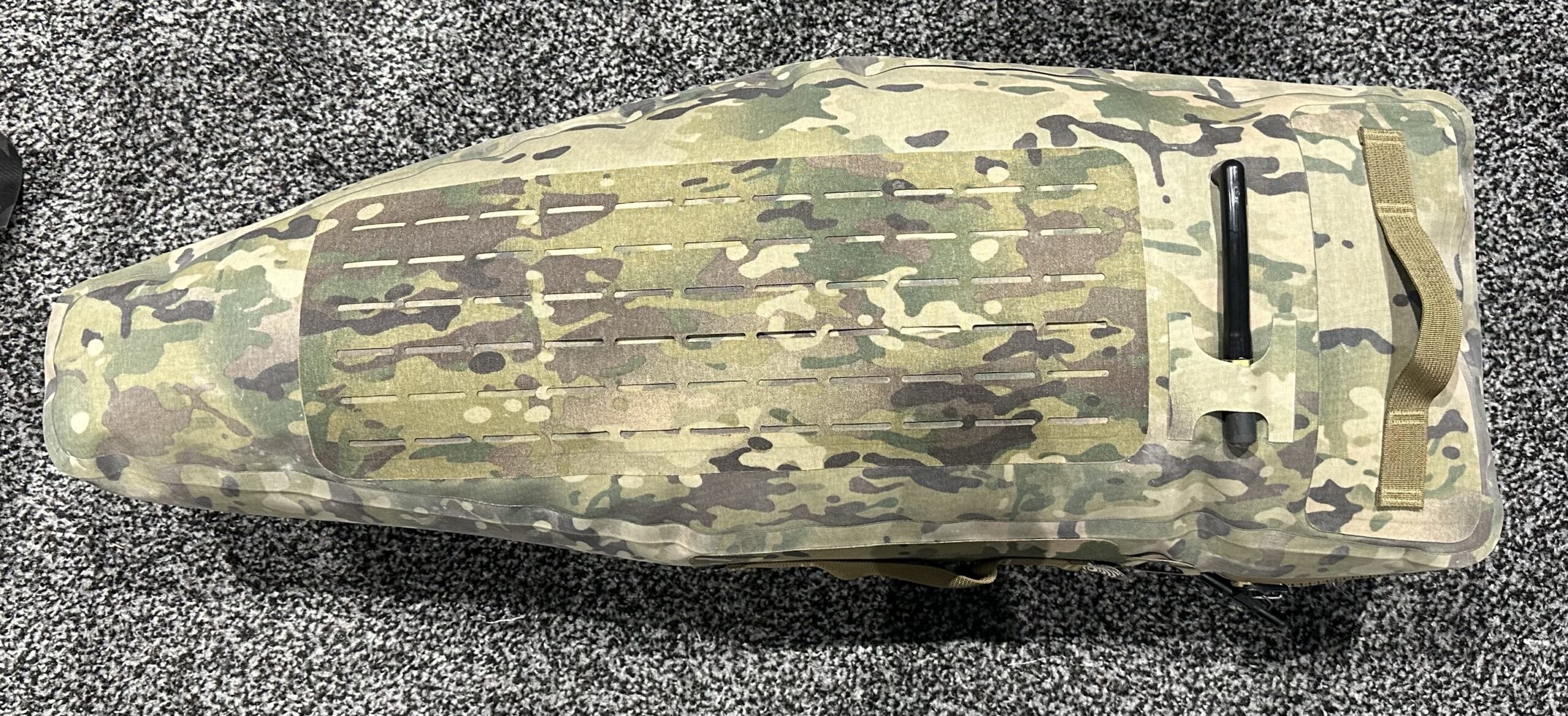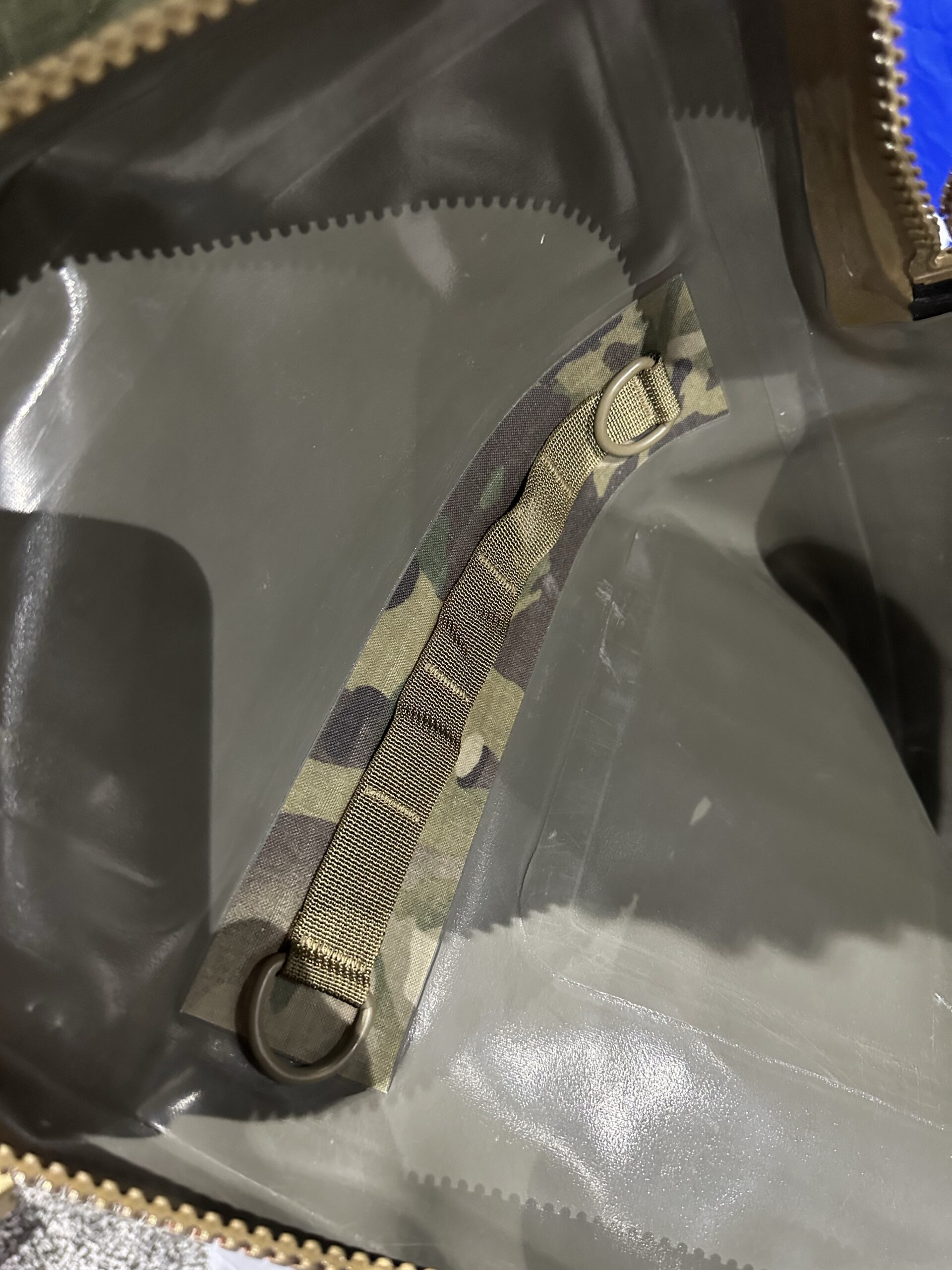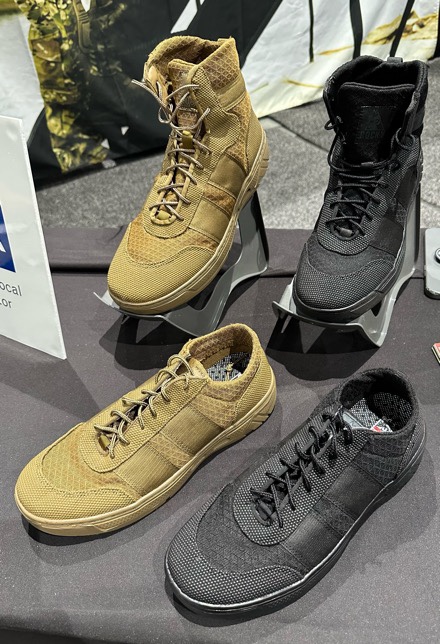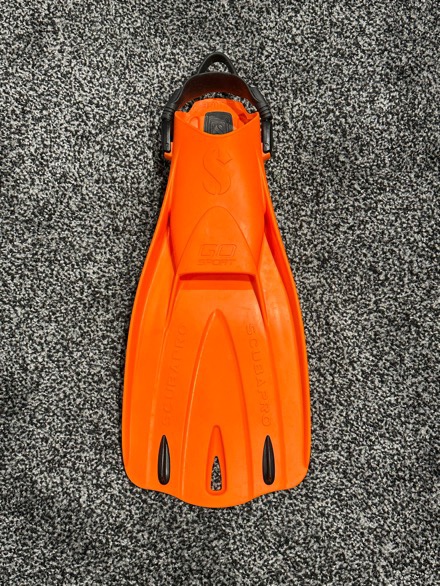AN DIEGO – 18 May 2023 – In support of the U.S. Navy’s (USN) Integrated Battle Problem 2023 (IBP-23) exercise in May, General Atomics Aeronautical Systems, Inc. (GA-ASI) conducted a series of Anti-Submarine Warfare (ASW) exercises cooperatively with the USN Helicopter Maritime Strike Squadrons (HSM) 38, 49, 71, and 75. GA-ASI flew a company-owned MQ-9B SeaGuardian® Unmanned Aircraft System (UAS) under a USN Flight Clearance. The HSM squadrons flew the MH-60R Seahawk helicopter flown out of Naval Air Station North Island off the coast of San Diego, Calif., on April 24-25, 2023.
The exercise was focused on Manned-Unmanned Teaming (MUM-T) to conduct Cooperative ASW in the Southern California Offshore ASW range. During the two-day event, MH-60s dropped sonobuoys to detect a mobile training target. Using the combined SeaGuardian and MH-60R teaming concept, correlation and location of the target was expeditiously achieved and tactical reports – known as TACREPs – were then transmitted to Commander, Task Force (CTF) 34 Theater ASW Center at Naval Station Pearl Harbor via the MQ-9B crew. The CTF then directed a coordinated constructive “kill” of the simulated submarine with notional torpedoes dropped from the MH-60s. The ASW payload on the SeaGuardian uses the latest version of General Dynamics Mission Systems’ Sonobuoy Processor.
“These advanced tactics, techniques, and procedures utilizing MUM-T further reinforce the advantages to unmanned aircraft in combat with less risk to force,” said GA-ASI Vice President of DoD Strategic Development Patrick Shortsleeve.
The IBP-23 exercise is the third time GA-ASI’s MQ-9B SeaGuardian has supported this annual event. These exercises generate warfighting advantages for the Fleet by providing the operational environment to work through tactics, techniques, procedures, and command and control to refine and enhance warfighting. The Fleet IBP series is led by Commander, U.S. Pacific Fleet and executed by Commander, U.S. 3rd Fleet and will continue throughout May 2023.
